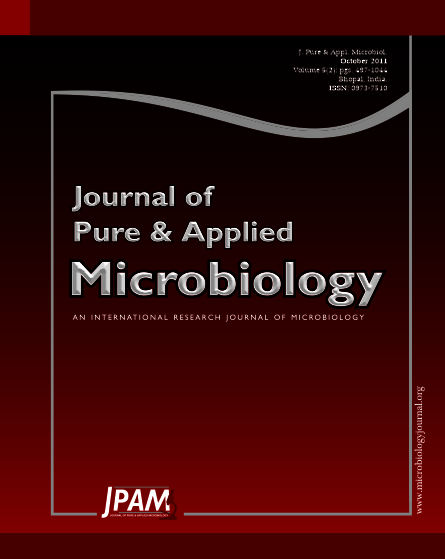Plant diseases need to be controlled to maintain the quality and abundance of food, feed and fiber produced globally. Different approaches may be used to prevent, mitigate or control plant diseases. The symbiotic association of various genera of arbuscular mycorrhizal fungi with medicinally important plants and their role as biofertilizers for promoting plant growth through increased uptake of water, phosphorus and other nutrients and as a biological control of soil-borne diseases is recognized as well. It was found conclusive that VAM are effective in suppression of root disease, particularly those caused by nemetodes, fungi and bacteria.
Plant pathogens, Mycorrhizae, Disease management, Inoculation, Biocontrol
© The Author(s) 2011. Open Access. This article is distributed under the terms of the Creative Commons Attribution 4.0 International License which permits unrestricted use, sharing, distribution, and reproduction in any medium, provided you give appropriate credit to the original author(s) and the source, provide a link to the Creative Commons license, and indicate if changes were made.


